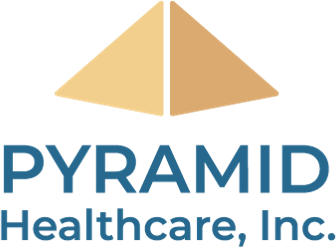Treatment for Obsessive-Compulsive Disorder (OCD)
Mental Health Outpatient Treatment for Adults with OCD
Obsessive-compulsive disorder (OCD) is usually a chronic or life-long condition that causes frequent, unwanted thoughts and sensations (obsessions) that cause a person to perform repetitive or ritualistic behaviors (compulsions). OCD can also cause persistent, unwanted thoughts or images that create distress, anxiety and guilt.
According to the National Institute of Mental Health and Anxiety & Depression Association of America:
- An estimated 1.2% (2.5 million) of U.S. adults had OCD in the past year
- Women are 3 times more likely to be affected than men
- Lifetime prevalence of OCD among U.S. adults was 2.3%
- The average age of onset is 19 with 25% of cases occurring by age 14
- One-third of affected adults first experienced symptoms in childhood
OCD and obsessive-compulsive personality disorder (OCPD) are different conditions. OCD is an anxiety disorder, and OCPD is a personality disorder with an extensive preoccupation with perfection, organization and control. People with anxiety disorders are often aware of their behavior and seek treatment whereas people with personality disorders may not see their behavior as troubling or impairing their daily function and relationships.
Examples of obsessive symptoms:
- Fear of causing harm to yourself or someone else
- Fear of perceived contaminated substances, such as germs or dirt
- Unwanted thoughts or mental images related to sex
- Fear of making a mistake
- Need for constant reassurance
- Excessive concern with morality
- Need for order, neatness, symmetry or perfection
Examples of compulsions:
- Collecting or hoarding items
- Repeatedly checking things, such as locks, switches and doors
- Arranging things in a very specific way
- Saying certain words or prayers while doing an unrelated task
- Rituals related to numbers, such as counting, doing a task a specific number of times or excessively preferring or avoiding certain numbers
- Bathing, cleaning or washing your hands repeatedly
Treatment for OCD may include:
- Psychotherapy: Talk therapy involves several sessions over a period of time with a mental health professional. This process helps identify and change emotions, thoughts and behaviors that may contribute to OCD. There are many psychotherapy modalities, including cognitive behavioral therapy (CBT), dialectical behavior therapy (DBT), acceptance and commitment therapy (ACT) and more. Therapy can include individual, group and/or family therapy.
- Medication: Some medications can help OCD symptoms. The most routinely prescribed ones are serotonin reuptake inhibitors (SRIs), selective SRIs (SSRIs) and tricyclic antidepressants.
- Holistic therapies: Holistic therapies can be used in tandem with any other treatment methods. These may include yoga, mindfulness and meditation practices, equine therapy, massage and more.
Contact Us Today
Our admissions team is available to help. Contact us online or call (888) 694-9996.



